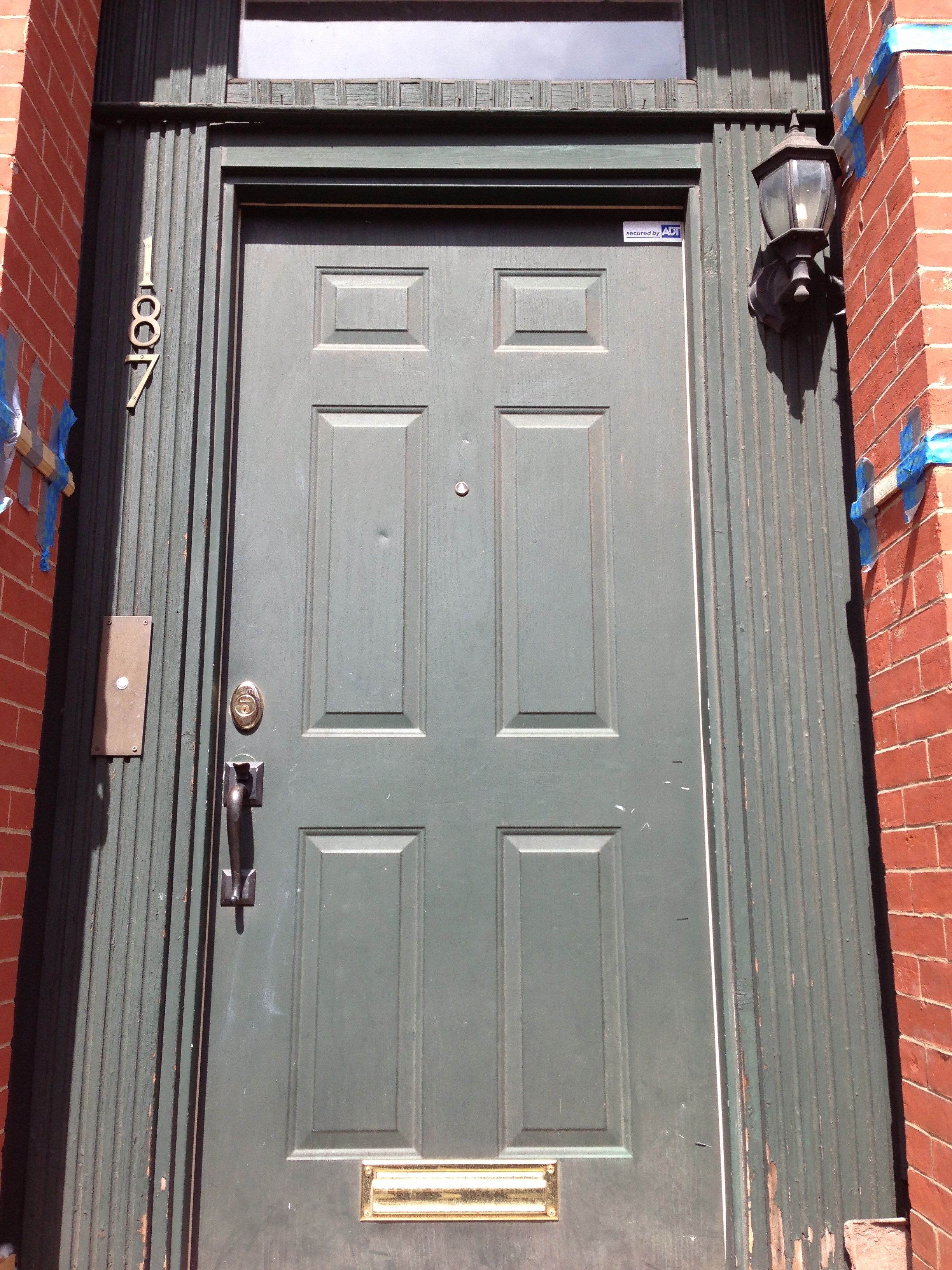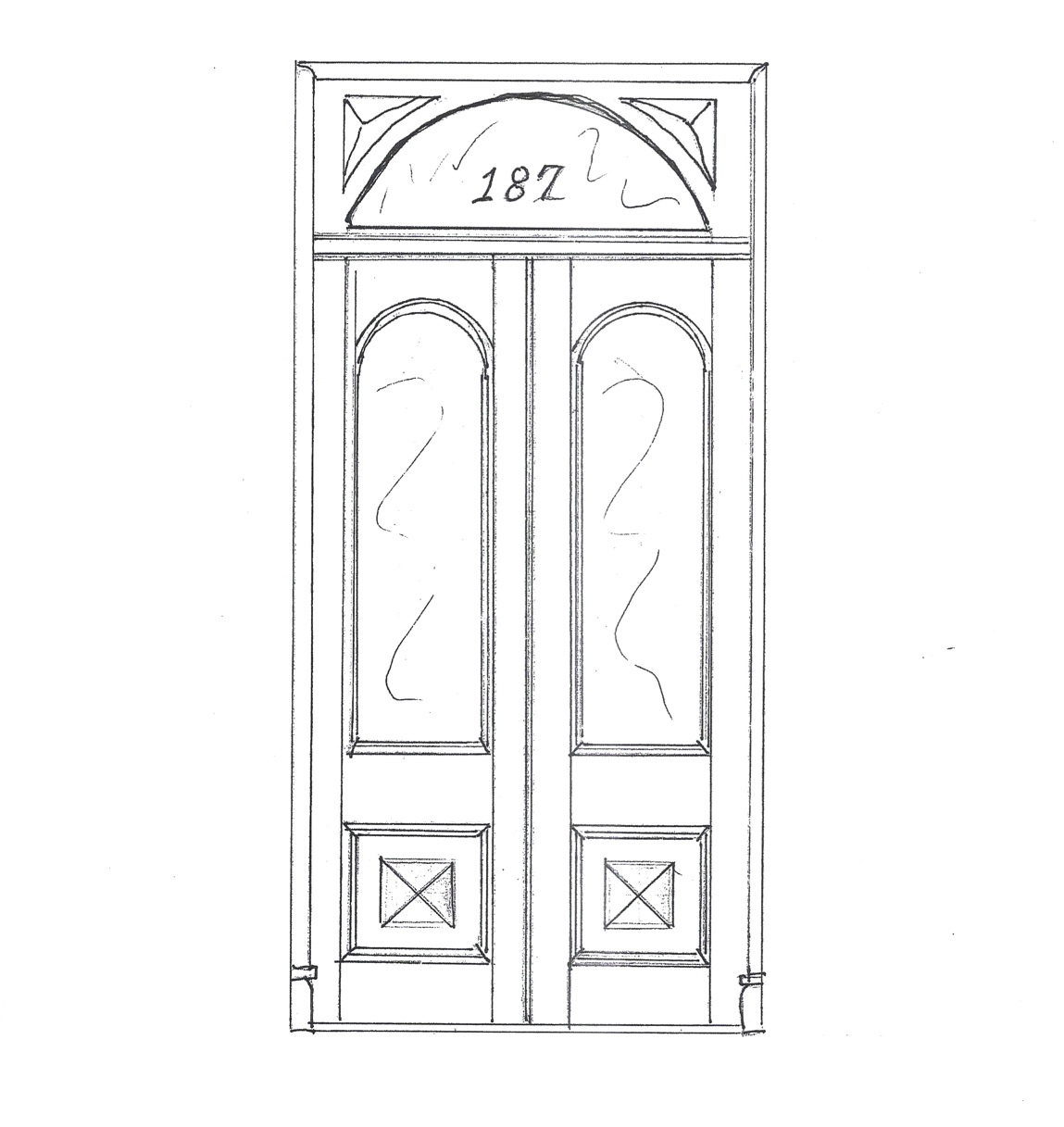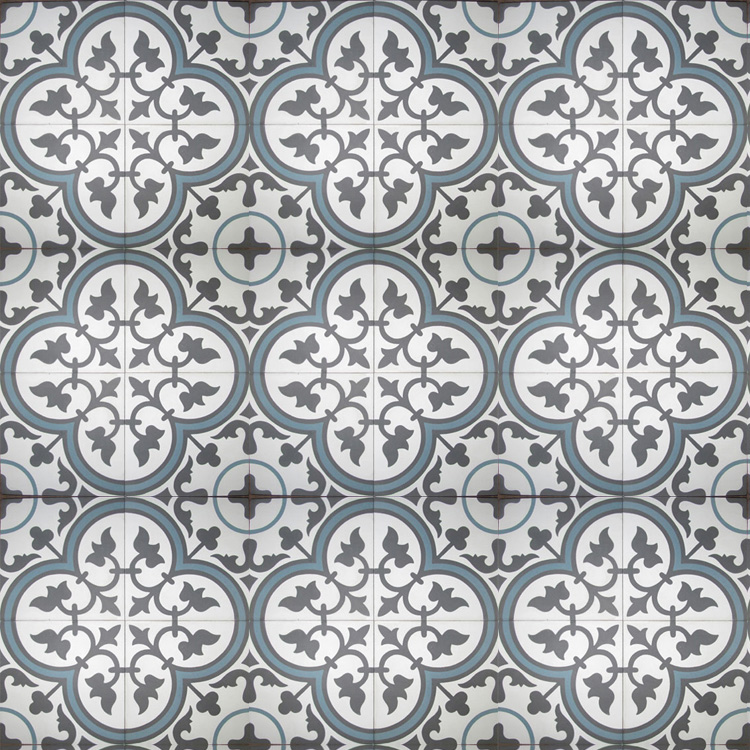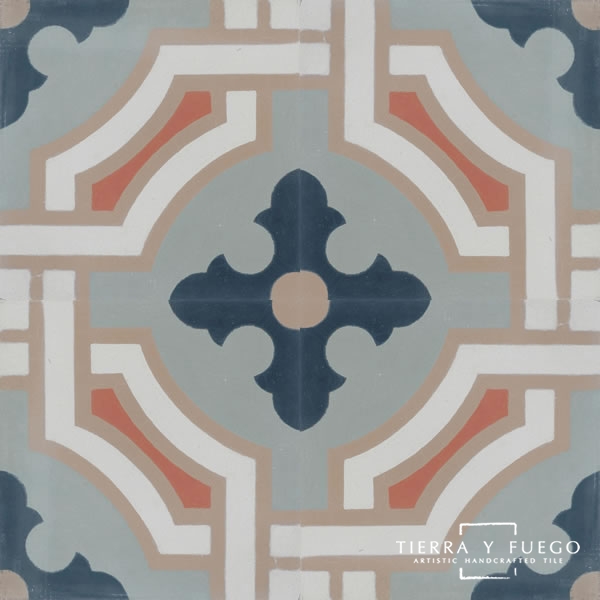Most of the other houses on the street retain their original double doors in one form or another…
…so it was not at all difficult to get the Landmark Commission’s permission to change the door back to what it should be. You know me, there is nothing I like better than a little “oldating”! Like other typical brownstones, there is a secondary door inside, with a small entryway in between the two doors. Luckily for us, the inside doors remain, giving us an exact plan of what the outside doors should look like.
As the door is being moved forward to its original position, having been set back at some point years ago (you can see this in the very first photo), the marble slab in the entry way floor could not be re-used. Don’t worry, we are saving it for use in the garden, but some other floor covering needs to go into the vestibule between the two doors. It needs to be attractive, durable and period specific.
If you follow me on Instagram, you know I have been encaustic tile crazy lately, as is much of the design community.
I’ve heard them called all kinds of names – encaustic, cement, hydraulic, and cuban tiles – but the basic gist of it is they are tiles in which the pattern or figure on the surface is not made by the glaze but actually made of different colors of clay. I’m not going to split hairs over where and when they were invented (the typical cement ones are mid-19th century) or the exact differences in the processes and materials of making them as there are plenty of other sites that do (links at the bottom). Personally, I’ve seen them all over the world, from Argentina to Singapore to France and most recently in Vietnam, and I have always adored them.
At the same time they have become hugely popular, catching everyone’s eye in kitchens lately, for instance here and here. Numerous companies selling both original antique tiles and beautiful new ones based on old designs can be found in countries worldwide. The tiles I saw above in Hanoi are a classic pattern and readily available today.
They happen to also be perfectly age and style appropriate for entryways and were used extensively from the Victorian period onwards to a peak of popularity in the 1920s-30s. They are super practical as the pigment is not just on the surface but runs about one-quarter inch deep into the tile so chips in the surface show the same color underneath.
Cleanup is easy and hundred year old tile still looks amazing. One of our wedding gifts was a set of 16 antique tiles. I can remember some people thinking it was bizarre, but of course it was one of my absolute favorite presents! We set it into the center of our brick patio in our New York garden. I dug out this old photo and you can see the square of tiles in the center although you can’t actually see the pattern well.
While some antique ones would be divine…
…I don’t think the expense is necessary for this project as there are oodles of patterns being made in new tiles. While some tiles have complete patterns on each individual tile…
…most patterns are designed to be complete by grouping 4 tiles in a square to complete the actual pattern. This is called a tessellated pattern.
They remind me a bit of quilt squares that way.
I definitely prefer the four panel patterns to the individually patterned tiles.
There are also numerous border options and solid color coordinating tiles, so I foresee days of fun. Some sites have design tools that allow you to custom color your tiles, add borders and/or rotate them. In addition to all the Moroccan, French and Victorian styles out there, there are Art Nouveau, Art Deco, Modern and Contemporary patterns to be had. The possibilities are endless!
The US retailers that seem to be mentioned quite a bit include Mosaic House, Tierra y Fuego and Villa Lagoon, and I really liked the Australian site Jatana Interiors. All the tile examples in this post are from those sites. Ten minutes on the internet will bring a dozen sources and many patterns – I’m just starting to sift through them all. For more information, this link has a full history of the tiles around the world, links to global suppliers and all kinds of other videos and details. Link here for the difference between encaustic and cement tiles.
Related Brooklyn Project Posts:
Form Versus Function…White Marble Countertops? Really?
Form Versus Function…Inset or Overlay Cabinet Doors?
Form Versus Function…A Farmhouse Sink and That Perrin & Rowe Bridge Mixer Faucet
Brownstone Kitchen Inspiration From Sheila Bridges
Thoughts for 2013…Matisse at The Met, Comfort and Kitchens
Shop Talk…Finds For a Cause at Fork + Pencil














This is a very good insightful article and a pleasure to read. I have added its link to my Victorian tiling website.
http://ceramico-victorian-tilers.co.uk.
Thanks
Thanks for this – I have just been trying to learn more about these tiles as I live in Hanoi and am always admiring them and then by complete chance I came upon an old building being ripped up (with beautiful encaustic tiles included) and the builders were perfectly happy for me to take some. I now have 11 (all I could carry with two bike trips…) which I hope to use in a bathroom or hallway one day.
Did you see the ones in my Hanoi post from March? We saw them everywhere! Great that you salvaged 11 – keep your eyes out I am sure as more buildings are slated for demolition you can pick up more.
Did you see the ones in my Hanoi post from March? We saw them everywhere! Great that you salvaged 11 – keep your eyes out I am sure as more buildings are slated for demolition y
Thanks for mentioning us as a source for cement tile. It has only been a short time that N. Americans have rediscovered cement tile and started to want it again. This kind of tile has always been appreciated in other countries. Great to see so many people blogging about them …best wishes, Lundy
I’m curious to find out what blog platform you have been using?
I’m having some small security problems with my latest website and I would like to find something more safe.
Do you have any solutions?
Hi, after reading this awesome article i am also delighted to share my
experience here with mates.